Thinking about launching your own swimwear line? You’re not alone. Driven by beach lifestyle trends, wellness culture, and the rise of social media, the global swimwear market continues to expand. Industry reports project steady growth through 2025, creating exciting opportunities for new brands to stand out.
But success in this industry isn’t just about eye-catching designs—it requires smart planning, sustainable choices, and the right manufacturing partner. In this guide, we’ll walk you through every step of building a swimwear brand, from market research and eco-friendly fabrics to custom swimwear production and private-label manufacturing.
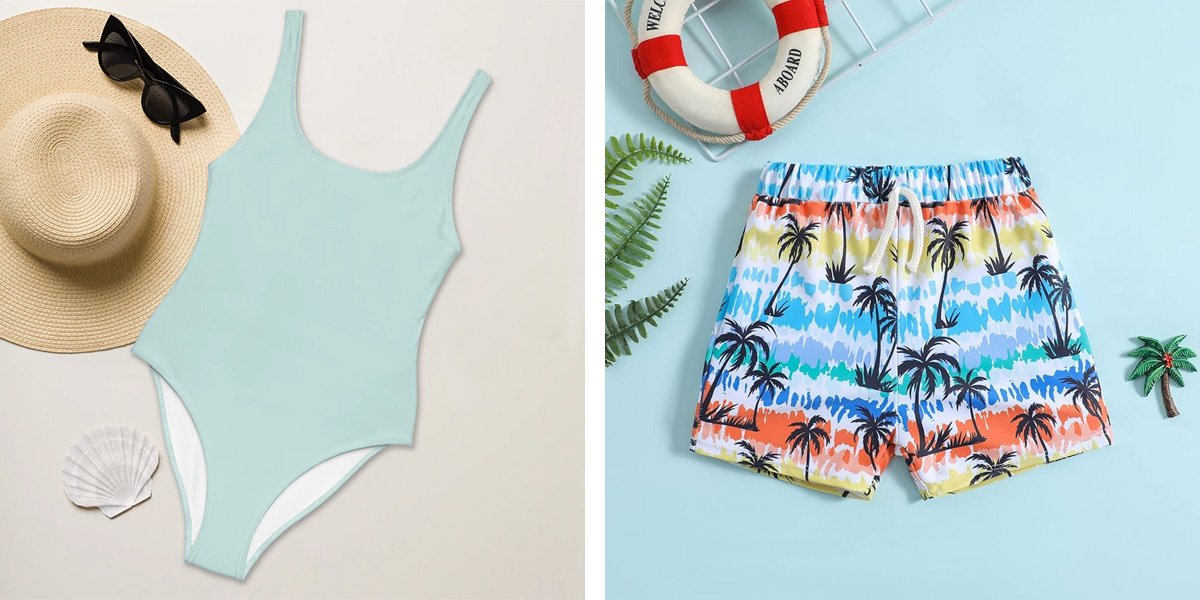
1.Define Your Audience and Swimwear Niche
Every successful swimwear brand starts with a clear understanding of who you’re designing for and what gap you want to fill in the market.
Know Your Core Customers
Ask yourself a few simple but powerful questions:
Who are they? Are you targeting fashion-forward young women following the latest bikini trends, active athletes who need high-performance swimwear, or families shopping for vacation essentials?
Why do they buy swimwear? Some want a flattering bikini for summer holidays, others look for durable surf rash guards, and more shoppers than ever are choosing sustainable swimwear made from eco-friendly fabrics.
What challenges do they face? Common complaints include poor fit, limited size ranges, or a lack of inclusive options. This creates opportunities for brands offering extended sizes, adjustable features, and designs tailored to different body types.
Use Market Research to Spot Opportunities

Marketplaces like Amazon, Etsy, and Instagram are goldmines for insights. Reading customer reviews reveals pain points—comments such as “sizes run too small”, “fabric feels cheap”, or “limited plus-size options” highlight exactly where your brand can stand out.
At the same time, hashtags like #sustainablebikini and #customswimwear reflect growing demand for eco-conscious designs,and personalized swimwear.
Choose Your Swimwear Niche
Your niche shapes your brand identity and long-term strategy:
Sustainable Swimwear → Made from eco-friendly fabrics like Econyl® or Repreve®, appealing to environmentally conscious buyers.
Inclusive Swimwear → Extended size ranges, supportive fits, and body-positive marketing.
Custom Swimwear → Unique prints, mix-and-match bikini sets, or personalized pieces for special events.
High-Performance Swimwear → Durable compression fits designed for athletes, surfers, or competitive swimmers.
Private-Label Swimwear → Professionally manufactured collections tailored for boutiques and fashion startups.
Defining your audience and niche is not just a branding exercise, it is the foundation of your swimwear manufacturing journey. Regardless of the collection you choose, clarity at this stage ensures that your swimwear stands out in a crowded marketplace and builds long-term customer loyalty.
2.Create a Solid Business Plan

Once you’ve defined your target audience, the next step is building a reliable business plan. This roadmap makes your vision clear, attracts potential partners, and ensures your resources are used effectively.
Start with Your Unique Selling Proposition (USP)
What sets your swimwear brand apart?
Is it a sustainable swimsuit made from eco-friendly fabrics, or a fashion-forward design?
A clear USP helps position your brand in a competitive swimwear market and gives customers a reason to choose you over others.
Plan Your Finances
Outline your startup costs, including sampling, production, branding, and marketing. Add revenue forecasts and a break-even analysis to understand your profitability timeline.
If you’re working with a custom swimwear manufacturer or exploring private-label bikini production, factor in minimum order quantities (MOQ) and lead times. This level of clarity will guide your pricing strategy.
Map Out Your Marketing Strategy
Define how you’ll reach your audience—whether it’s through social media ads, influencer collaborations, or SEO-driven content marketing. With platforms like Instagram and TikTok driving fashion trends, consistent storytelling is key to keeping your swimwear brand visible and relevant.
Think About Scalability
Can your business expand into men’s swim trunks, family swimwear, or beach accessories in the future?
As demand grows, will you move from small-batch swimwear manufacturing to large-scale production? Planning these growth phases early sets you up for long-term success.
A well-thought-out business plan isn’t just paperwork—it’s the foundation for turning your ideas into a profitable, enduring brand.
3.Design Your Swimwear Collection
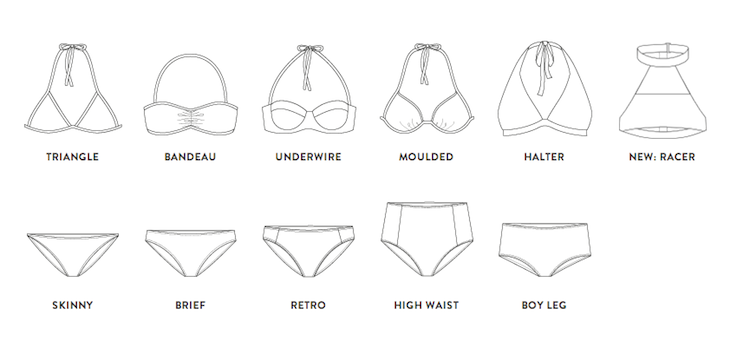
This is where your swimwear brand starts to come alive. Combine your market research with your creative vision to design a collection that reflects your brand identity and speaks to your audience.
Keep a close eye on consumer trends via Pinterest, TikTok, and runway shows. Classic pieces like one-piece swimsuits, high-waist bikinis, string bikinis, and swim trunk remain timeless, while cut-outs, bold prints, and sustainable fabrics are expected to dominate in 2025.
A strong design process also means collaborating with an experienced custom swimwear manufacturer who can translate your ideas into professional tech packs and high-quality samples. This ensures your swimwear fits well, performs as intended, and maintains consistent quality across the collection.
4.Choose Fabrics and Styles
Selecting the right fabric is one of the most important steps in building a successful swimwear line. Fabric doesn’t just define the look and feel of your swimwear—it also determines its durability and performance.
Basic Swimwear Fabrics
Nylon/Spandex Blends → The most common choice for swimwear. Lightweight, quick-drying, and highly elastic, these fabrics offer comfort and a flattering fit.
Polyester Blends → Known for durability, chlorine resistance, and UV protection, making them ideal for high-performance swimwear.
Sustainable Swimwear Fabrics
Econyl® → A regenerated nylon made from ocean waste such as discarded fishing nets. Just as durable and stretchy as virgin nylon, but eco-friendly.
Repreve® → A recycled polyester made from plastic bottles. Soft, comfortable, and highly resistant to chlorine, saltwater, and UV rays.
Fashion Swimwear Fabrics
Shiny Fabric:Characterized by its glossy surface, this fabric reflects light beautifully, creating a vibrant and eye-catching look. Perfect for stage swimwear, holiday collections, or statement pieces.
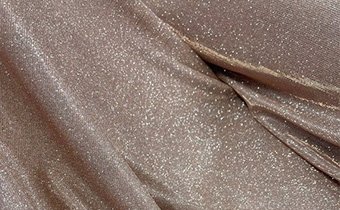
Terry Cloth – Soft, thick, and absorbent, terry cloth is often used for beach cover-ups, loungewear, and casual swim sets. It adds a cozy, relaxed holiday vibe.
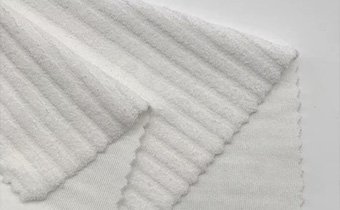
Satin Fabric – Smooth to the touch with a delicate sheen, satin brings elegance and luxury to swimwear. Ideal for premium, custom-made, or resort-style collections.
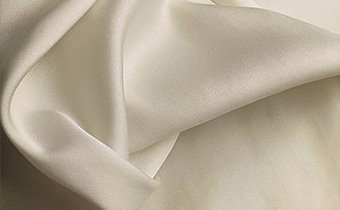
Jacquard Fabric – Woven with intricate patterns and textures, jacquard fabric offers depth and durability. It’s great for fashion-forward swimwear that stands out with unique detailing.

Ribbed Fabric – Featuring textured lines or ridges, ribbed fabric adds dimension while maintaining elasticity and comfort. A trendy choice for chic and body-hugging swimwear styles.
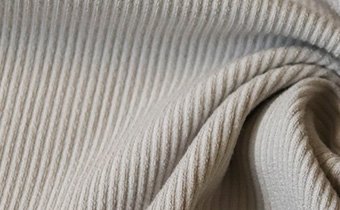
Choosing fabrics that align with your niche—whether sustainable, performance-driven, or fashion-focused—sets the foundation for your brand’s identity.
Swimwear Styles to Watch in 2025
The 2025 swimwear market will balance timeless essentials with bold new trends. For startups, the key is not to produce every style at once, but to carefully select a few designs that reflect your niche, test the market, and expand from there.
Triangle Bikini
The Triangle Bikini is one of the most iconic swimwear styles — simple, lightweight, and universally recognized. It remains in high demand, especially among younger, fashion-driven customers.
With its minimal cut, it’s easy to produce, requires less fabric, and offers flexible sizing, helping start-ups reduce costs and manage inventory more efficiently.

String Bikini
The string bikini is one of the most iconic swimwear styles worldwide, celebrated for its minimal design and sensual appeal. Compared to more structured swimsuits, it requires less fabric and simpler patterns, making it cost-effective for small-batch production.
Its strong appeal among younger customers, festival-goers, and beachwear fashion lovers makes it especially attractive for trend-driven start-ups.
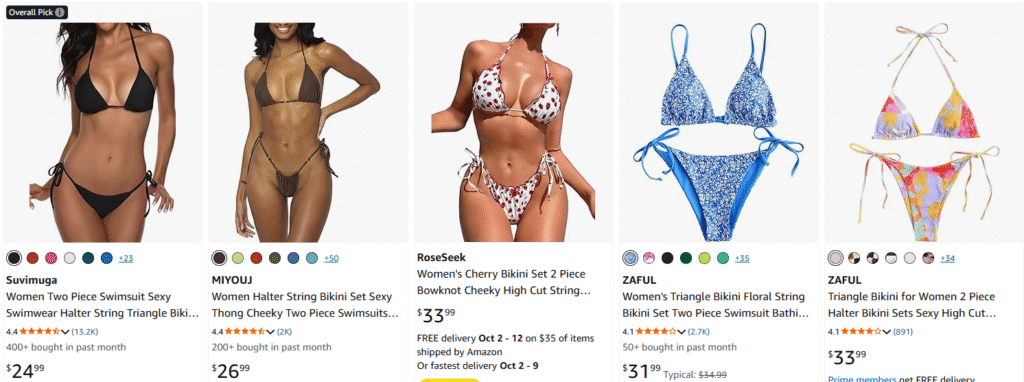
One-Piece Swimsuit
Timeless, elegant, and versatile—the one-piece swimsuit is the backbone of every swimwear collection. Modern versions feature trendy cuts, bold prints, and chic cut-outs, blending comfort and coverage with standout style.
Customers also love its flexibility: a one-piece can double as a stylish bodysuit paired with shorts or skirts, adding value beyond the beach.
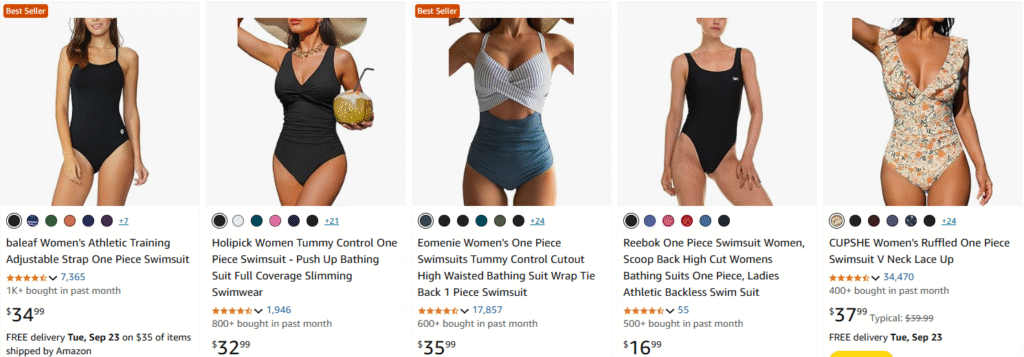
High-Waisted Bikini
Flattering, timeless, and versatile — high-waist bikinis are loved for their body-enhancing fit and stylish retro vibe. Perfect for start-ups, this series offers wide market appeal, from comfort seekers to fashion-forward buyers.
With endless design options in prints, textures, and sustainable fabrics, it’s an easy way to launch a collection that feels both inclusive and on-trend.
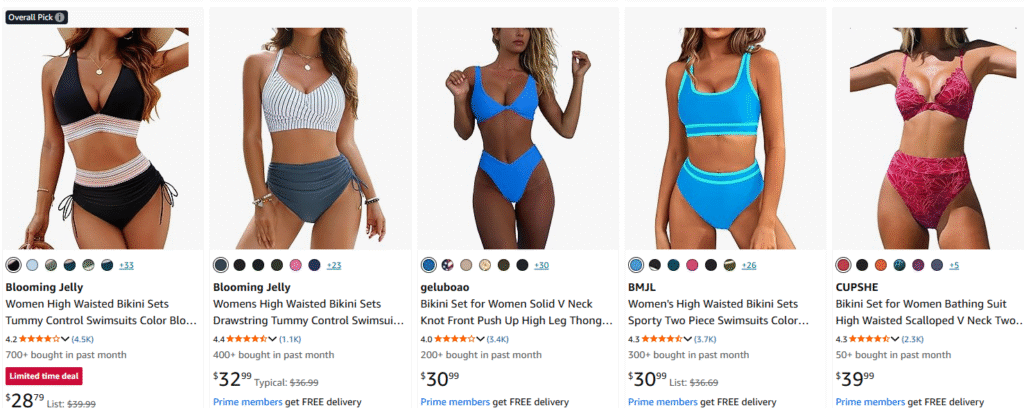
Swim Trunks
Swim trunks are the basic models of men’s and children’s swimwear, which are in high demand and do not go out of fashion quickly due to seasons and fashion trends. It can help you enter the market quickly, meet the public demand with basic models, then gradually expand to high value-added series, and gradually build brand differentiation.
It should be noted that: there is serious homogenization of swim trunks in the market, and startups can highlight their characteristics through design elements, price advantages or customized services.
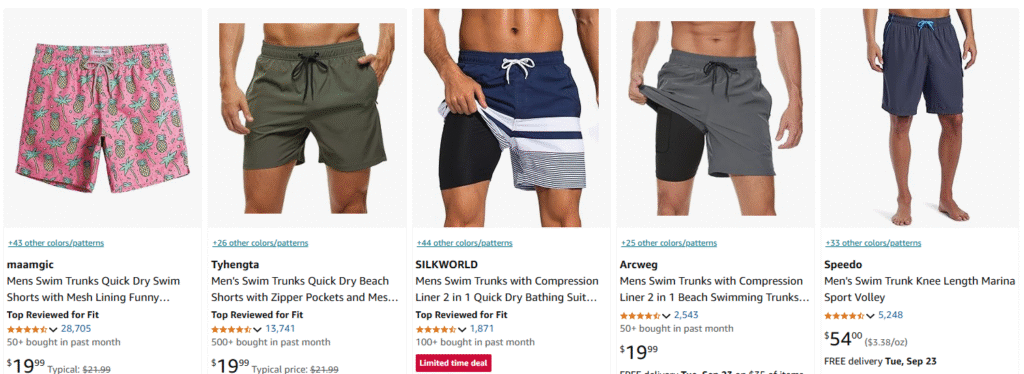
5.Partner with a Reliable Swimwear Manufacturer
Launching your own swimwear line can feel overwhelming, especially if you’re new to fashion, design, or sourcing. Fortunately, today’s flexible manufacturing options make it easier than ever for startups to bring their collections to life.
When working with a swimwear manufacturer, startups typically choose between two main paths:
Private Label Swimwear Production
With private-label production, you select from a manufacturer’s existing designs and simply add your branding elements such as logos, labels, and packaging.
This option is faster and more affordable because the products already exist—you don’t have to create them from scratch. It’s ideal for startups looking to launch quickly, build brand awareness, and keep design costs low.
The downside? Your collection may look similar to other brands, leaving you with less competitive edge.
Custom Swimwear Manufacturing
Custom manufacturing gives you full creative control. You provide sketches, tech packs, or inspiration images, and the manufacturer develops your unique designs from the ground up.
Although this approach requires more time and slightly higher investment, it allows you to offer truly original pieces, sustainable fabrics, and inclusive sizing that reflect your brand’s vision. For startups planning long-term growth and differentiation, custom swimwear manufacturing is the best choice.
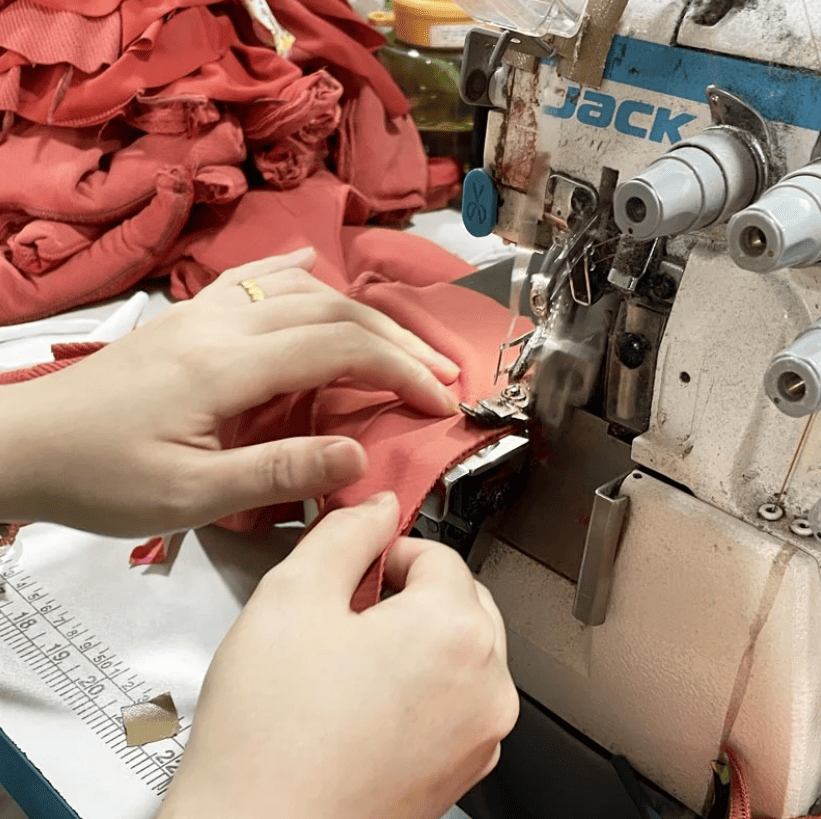
What to Look for in a Manufacturer:
- Low MOQ → Startups need flexibility. Look for manufacturers who support small-batch production.
- Sustainable Options → Access to eco-friendly fabrics like Econyl® and Repreve®, plus certifications such as OEKO-TEX and GRS 4.0.
- One-Stop Services → From design and fabric sourcing to custom printing, labeling, and shipping.
- Clear Communication → Transparent timelines, responsive updates, and reliable quality checks.
- After-Sales Support → Strong support after delivery to protect your brand’s reputation.
At Joy Bikini, we specialize in helping startups confidently launch their swimwear brands. From sample development to custom swimwear manufacturing, we provide the flexibility, speed, and sustainability new labels need to succeed.
6. Launch and Scale Your Swimwear Line
By now, you should have a clear understanding of how to start a swimwear line. But without a strong marketing strategy, even the best designs won’t sell. Your plan should align with your audience, goals, and budget—so every effort drives measurable results instead of random activity.
Product and Pricing
Your manufacturing costs will influence how you price your collection. Will you position your brand as premium sustainable swimwear made from eco-friendly fabrics, or as a more affordable option that keeps up with fast-changing trends?
Consider your USP, study your competitors, and set a pricing structure that reflects both value and profitability.
Place (Sales Channels)
Choose the right platforms for your launch:
- Your Website → Platforms like Shopify or WooCommerce give you full control over your branding and customer experience.
- Marketplaces → Amazon, Etsy, or Zalando help you reach a wider audience but offer less customization.
- Hybrid Approach → Many startups begin with marketplaces to test demand, then expand into their own e-commerce store as they grow.
Promotion
To stand out, your brand needs visibility:
- Social Media → Instagram and TikTok are essential to swimwear sales. Share high-quality visuals, behind-the-scenes content, and collaborate with micro-influencers.
- SEO and Content Marketing → Add blogs featuring style guides, custom swimwear stories, and sustainable fashion tips to attract organic traffic.
- Paid Ads → Test small-budget campaigns on Meta Ads or Google to identify your most responsive audience.
💡 Pro tip: Focus first on one or two channels where your target customers spend the most time. A consistent, well-executed strategy beats trying to cover every channel at once.
7. Conclusion
With global swimwear demand on the rise, new brands have an incredible opportunity to stand out. The formula for success is simple: define your audience, create a solid business plan, build a strong design direction, and—most importantly—partner with a reliable swimwear manufacturer.
For startups, growth comes from taking small, strategic steps. Start with a limited collection, test the market, and expand only what works. By focusing on quality and brand storytelling, you can turn your idea into a sustainable business.
Now that you know how to start a swimwear line, it’s time to take the first step on this exciting journey—are you ready to dive in?
FAQ
1. Is starting a swimwear line profitable?
Yes. Driven by travel, fitness, and social media culture, the global swimwear market continues to grow. By focusing on niches such as sustainable swimwear, inclusive sizing, and custom designs, new brands can attract loyal customers and achieve healthy profit margins.
How much does it cost to start a swimwear line?
Startup costs can range from a few thousand dollars to over $100,000 depending on your scale, production method, and marketing strategy. A lean approach—such as small-batch manufacturing or a direct-to-consumer model—is often the most affordable entry point for beginners.
3. What’s the difference between private-label and custom swimwear manufacturing?
Private-label swimwear production uses existing designs with your branding (logo, labels, packaging). It’s faster and more cost-effective but less unique.
Custom swimwear manufacturing gives you full creative control over fabrics, sizing, and design, resulting in a truly original collection that reflects your brand identity.
4. How do I find a reliable swimwear manufacturer?
Look for a partner offering:
Low MOQ
Fast sampling and turnaround times
Trusted Certifications (OEKO-TEX, GRS 4.0, etc.)
Both custom and private-label options
Transparent communication
At Joy Bikini, we provide startups with full support—from sample development and custom swimwear manufacturing to private-label bikini production—helping new brands launch with confidence
